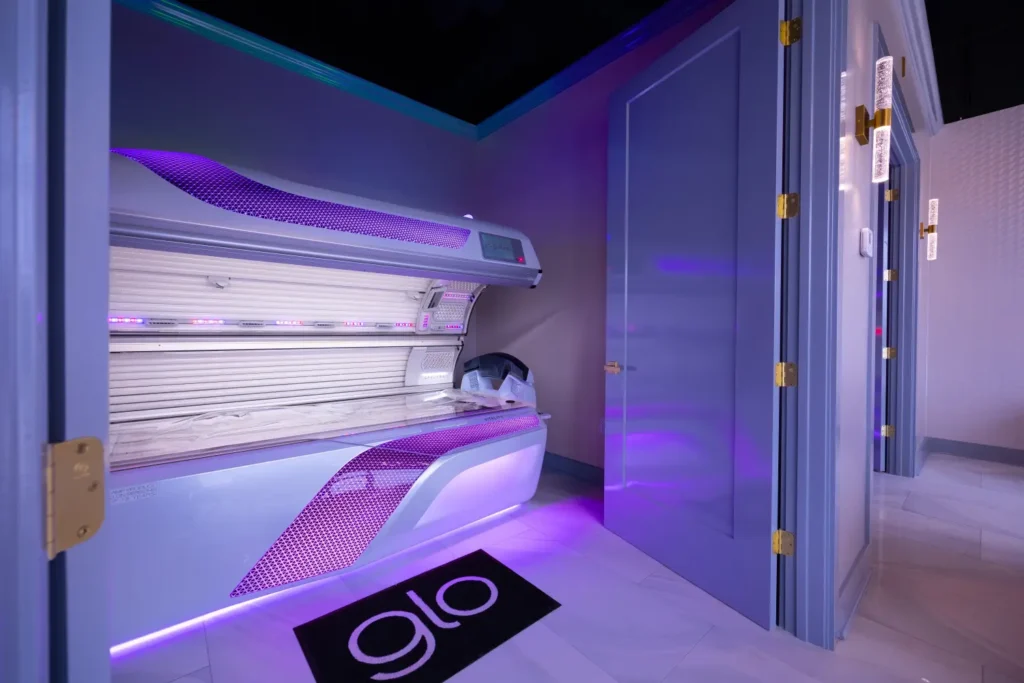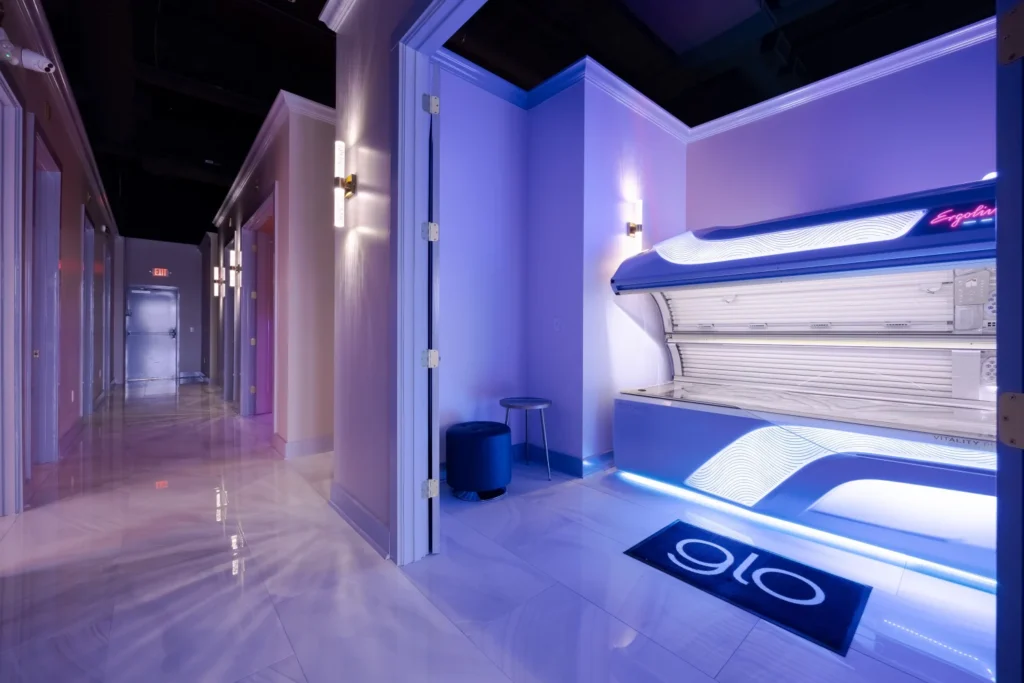Some people are naturally blessed with skin that develops a glowing tan after just a few sessions in a tanning bed or a short stroll outside. Others, however, need to put in a bit more effort and planning to achieve that sun-kissed glow. That’s where the idea of increasing melanin for tanning comes in. Does it really work? How long does it take? Is it worth it? And what exactly is melanin? In this blog post, we’ll answer all your questions and help you understand how to get the best results.
What is Melanin?
Melanin, which is produced in the outer layer of the skin (epidermis) by cells known as melanocytes, is a unique substance in our bodies that plays a lot of crucial roles.
From the color of your hair and eyes to your skin’s ability to tan. For this discussion, we’re focusing on the role melanin plays in tanning.
What is the Role of Melanin in Skin for Tanning?
When your skin is exposed to UVA rays—whether from a tanning bed or the sun—melanocytes are triggered to increase melanin production. This natural process helps protect the deeper layers of your skin by absorbing UV light. As a result, your skin darkens, giving you that bronzed look.
Here’s the interesting part: the more melanin your skin can produce, the darker your tan can potentially get. It’s your body’s natural way of protecting itself, while also creating that gorgeous glow many of us strive for.
Natural Ways to Increase Melanin
While there are no scientifically guaranteed ways to boost melanin production, some natural methods can encourage your body’s ability to tan effectively while promoting overall skin health.
Nutrition That Supports Melanin Production Levels
What you eat could support your melanin production. Focus on foods rich in tyrosine, an amino acid that supports melanin synthesis. Almonds, avocados, and lean proteins are excellent choices. Pair these with antioxidant-packed fruits and veggies like berries, spinach, and carrots to fight free radicals and keep your skin healthy.
Vitamins also play a major role. Beta carotene (found in carrots and sweet potatoes) helps boost pigment naturally, while Vitamin D and Vitamin E improve skin health and protect it from sun damage. And don’t forget to drink plenty of water to keep your skin plump and ready to tan.
Sun Exposure
Moderate sun exposure is the most direct way to stimulate melanin production. Spending 10-15 minutes in the sun daily can help, but don’t skip sunscreen—it’s crucial to protect your skin from excessive UV damage. For the best results, avoid sun exposure during peak hours (10 AM to 4 PM) when UV rays are strongest.
Enhancing Melanin with Supplements
While they’re not magic pills, certain supplements can help your body naturally produce melanin more efficiently. You should choose safe, proven options and avoid anything that sounds too good to be true.
What Are Melanin Supplements?
Certain supplements, like those containing tyrosine, can help your body naturally produce melanin more efficiently. Similarly, carotenoids—such as beta-carotene—are popular choices for enhancing pigmentation while providing antioxidant benefits.
However, before starting any supplements, it’s best to consult with a healthcare provider. Remember, supplements are meant to complement a healthy lifestyle, not replace a balanced diet or smart tanning practices.
Does Increasing Melanin for Tanning Work?
While these methods can help enhance your skin’s ability to tan, it’s important to set realistic expectations. The truth is, these natural approaches can only take you so far.
By combining supplements and diet tweaks with sun exposure, you can support melanin production, but your skin won’t get drastically darker. So, if you’re looking for a subtle change, you might be satisfied with the results. However, for a more noticeable transformation, these methods may not be enough.
If you’re aiming for a significant difference in your skin tone, traditional sunbathing or tanning beds are the most effective options. These methods provide consistent UVA exposure, which triggers your skin to produce more melanin and deepen your color over time. At Glo Tanning, we offer state-of-the-art tanning beds that deliver optimal results while ensuring your experience is comfortable and convenient.
Not a fan of spending time in tanning beds or lounging under the sun? If you’re looking for a darker tone without the wait, spray tanning is a fantastic alternative. It’s quick, customizable, and doesn’t involve UV exposure.
Final Thoughts
Achieving that radiant, bronzed glow doesn’t have to be complicated—whether you’re exploring natural methods like diet and sun exposure or opting for more direct solutions like tanning beds or spray tans, there’s a path for everyone. While natural methods can enhance your skin’s ability to tan, they often result in subtle changes. For a more noticeable transformation, traditional sunbathing, tanning beds, or spray tanning are your best options.








